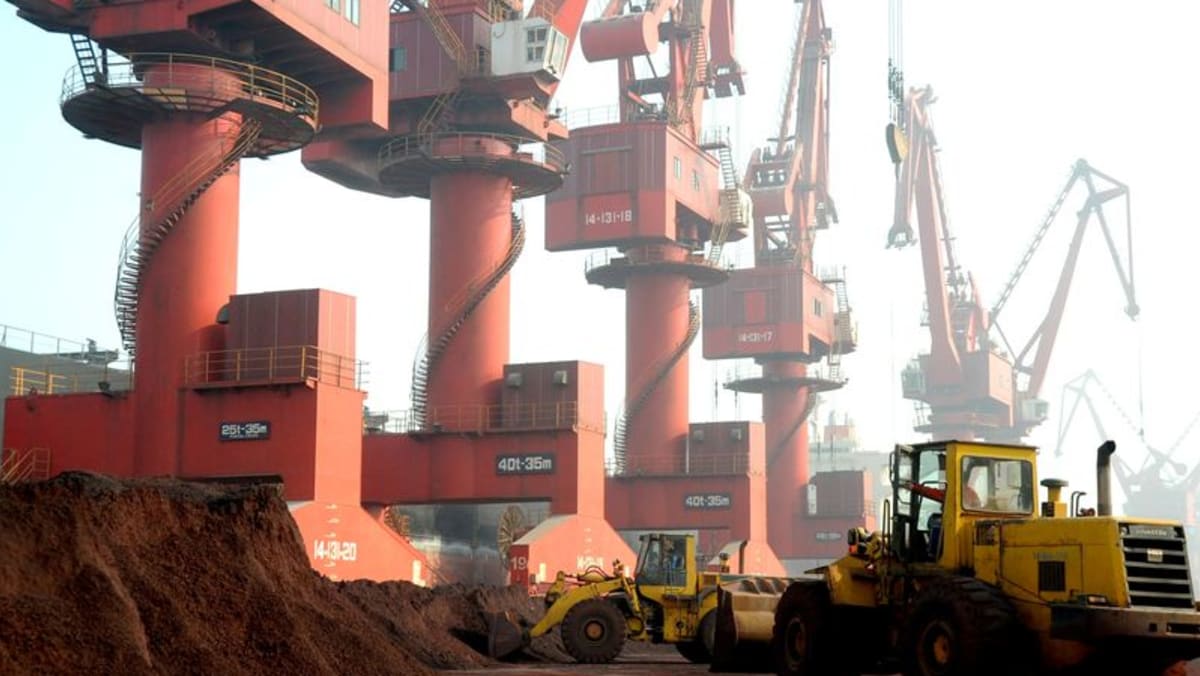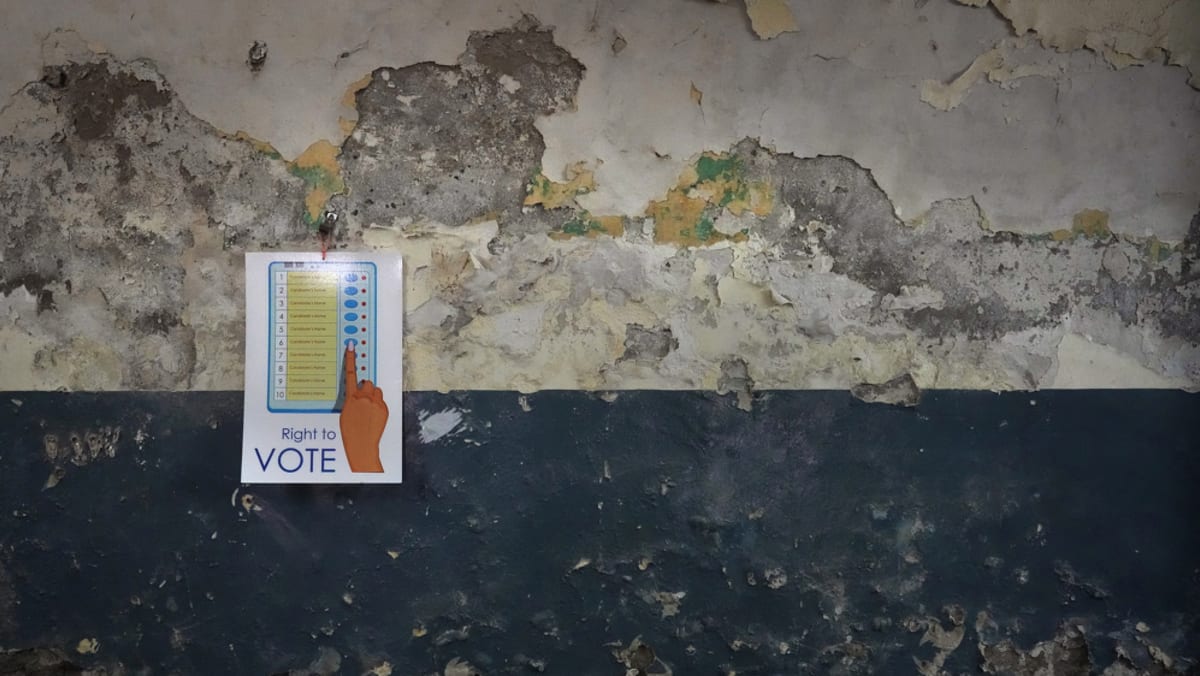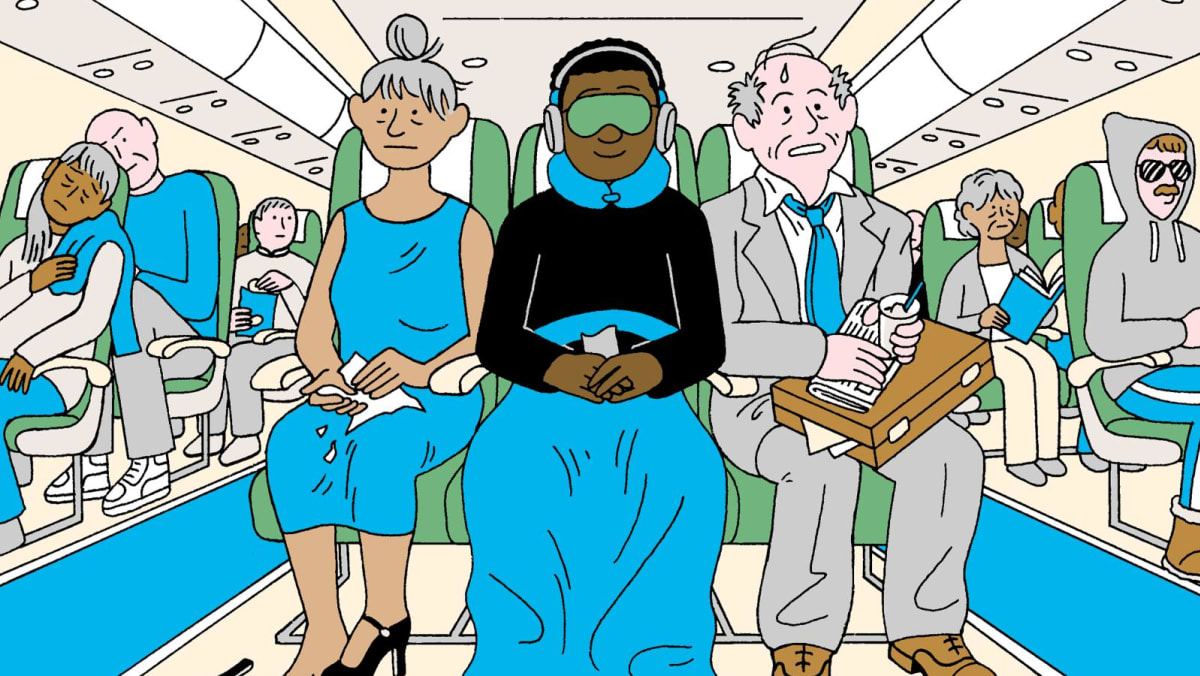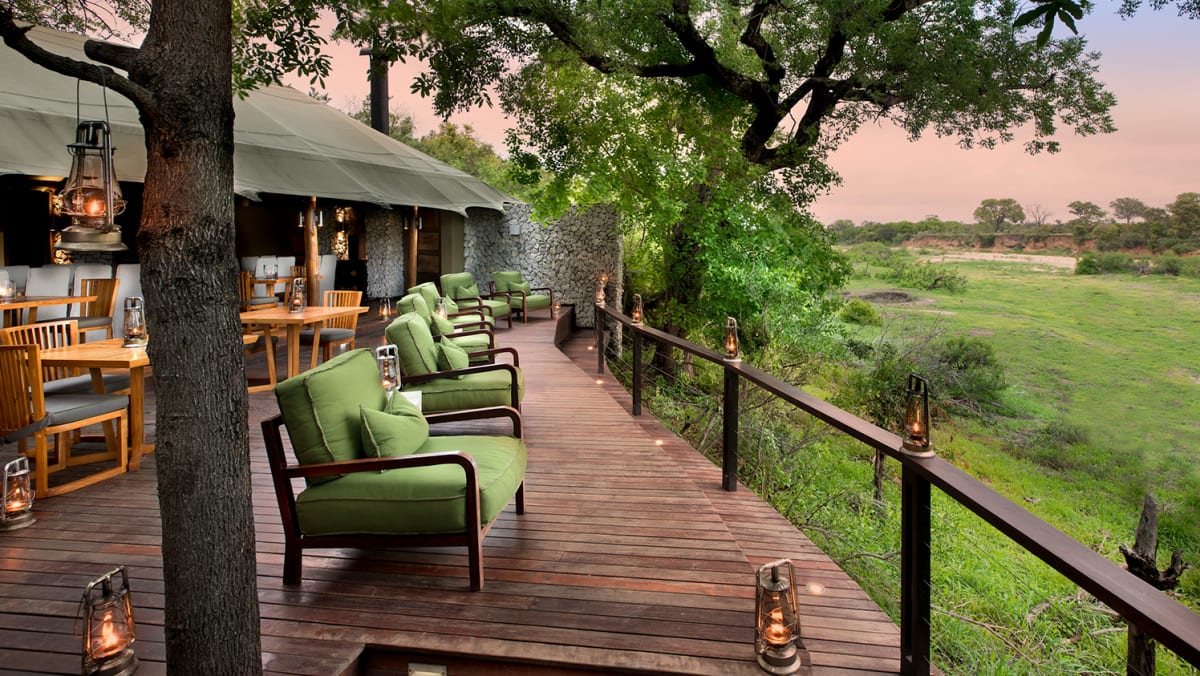SYDNEY: What could be more terrifying than a wall of flame sweeping through the suburbs of Los Angeles? The stealthy cloud of pollution seeping into people’s lungs many miles from the conflagration, which will be causing harm long after the last ember burns out.
Burning palm trees and multi-million-dollar mansions turned into ash make an unforgettable symbol of the damage climate change is wreaking. An even greater toll, however, will be counted in lives cut short not by the violence of a wildfire, but by the slow poisoning unleashed by its flames.
Particulates permeate the air we breathe, whether in cities or the countryside. The ones known as PM10 are about one-tenth the width of a human hair and can penetrate deep into our lungs, where they cause cancer and heart disease. PM2.5 is four times smaller still and can make it into the bloodstream – and from there, almost every tissue in the human body.
THE BIGGER CAUSE OF DEATH AND DISEASE
Their effect on human life will endure much longer than the fire itself. About 1,890 people were killed globally in wildfires between 2000 and 2023, with the worst tolls in places similar to the California neighbourhoods currently fighting back the flames: Southern Europe, North America, Australia.
Every year, however, nearly 100,000 people die from inhaling PM2.5 released by such disasters, with the worst effects in less affluent corners of Central America, Southeast Asia and Southern Africa.
Even in California, it’s the pall of smoke that will do the most damage to human well-being. A drought-prone, densely populated strip of land strafed by seasonal winds which act like accelerants on a bushfire, it’s unusually prone to such disasters and their after-effects.
Somewhere close to 55,000 premature deaths in the state between 2008 and 2018 were caused by PM2.5 from fires, according to a study last June led by researchers at the University of California Los Angeles. That makes such particulates a bigger cause of death in the state than road accidents, and a far more serious risk than homicide.
This blanket of soot extends around the globe. Singaporeans routinely inhale the burnt-up remnants of Indonesian jungles and peat bogs, while New Yorkers see the sun blotted out by the dust lofted when Canadian boreal forests go up in smoke. In Delhi, the fumes from thousands of hectares of rice fields ignited to clear the ground for new planting cloaks a city of 33 million, in a perennial disaster that’s been worsening for many years.
The burden of lung and heart disease these disasters engender will be with us for decades to come.
It’s a toll that will never go away entirely. Humanity’s use of fire to cook food and clear the landscape may have had a crucial effect on our evolution, but wildfires have been going on for millions of years before we showed up on the planet and will continue for millions more.
A GLOBE TOUCHED BY WILDFIRE
In global terms, it’s not quite right to think that we’re heading into a century of fire, as some have warned.
The amount of land that goes up in flames every year, for instance, is falling sharply. The total area burned fell 27 per cent in the first two decades of this century. That’s largely due to a huge decline in fires in Africa’s savannahs, which are increasingly being converted from highly flammable livestock pastures to crops – whose fields act as natural firebreaks.
That isn’t enough to reduce the roughly two billion metric tonnes of annual carbon emissions they cause, though. Dense forests in the tropics and the far north are burning more, even as sparse grasslands and savannahs are being spared, so unfortunately the amount of vegetation that’s being turned into carbon dioxide is pretty much unchanged.
Deforestation, meanwhile – one of the biggest drivers of wildfire globally – shows little sign of slowing down. Some 6.38 million hectares were lost in 2023, about 45 per cent more than we’d see if we were on track to eliminate the practice by 2030.
The climate change that we’re causing, moreover, will intensify the cycles between wet and dry periods. That will give vegetation more opportunities to grow during lush conditions, before becoming fuel for an inferno when the inevitable drought hits.
We’re not going to be able to turn the clock back on this creeping disaster. It will be many centuries before our atmosphere recovers from the damage, even if we assume radical reductions in emissions.
Outside of deserts, the polar tundra, the western Amazon basin, and a few pockets of northern Europe, almost every corner of the globe is touched by wildfire.
The disaster being experienced by Angelenos now – hundreds of thousands evacuated, thousands of homes destroyed, and untold numbers having their lives cut short by inhaled smoke – will soon be coming to a city near you.
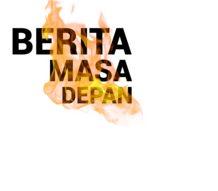

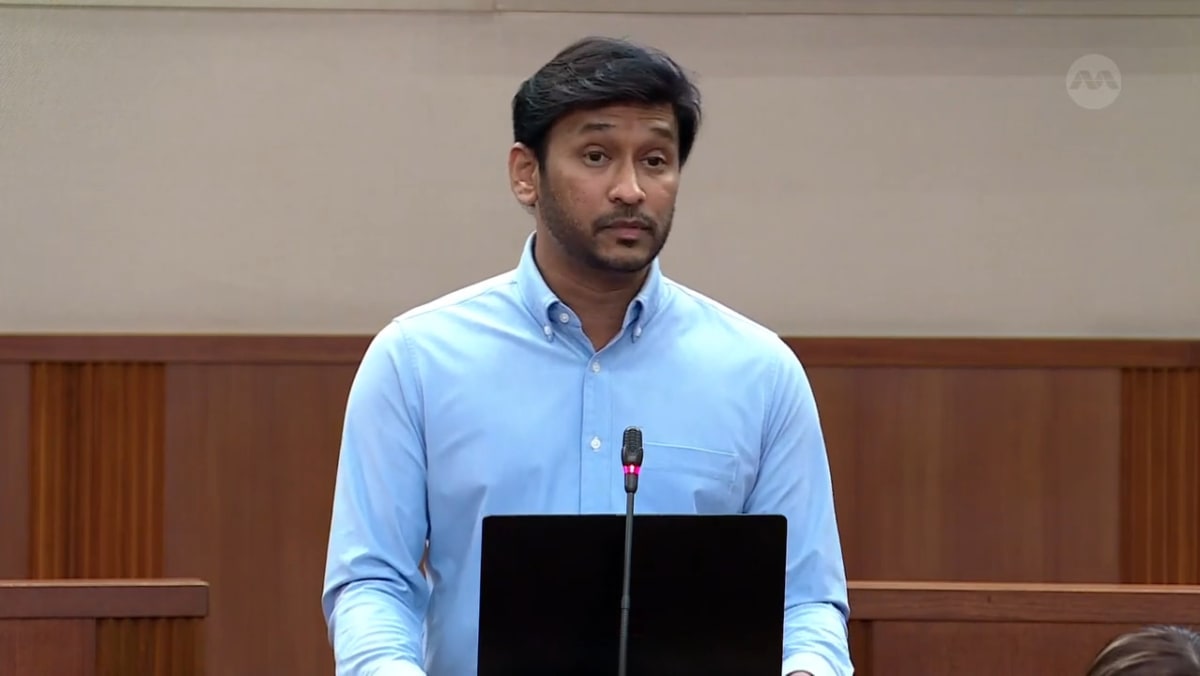

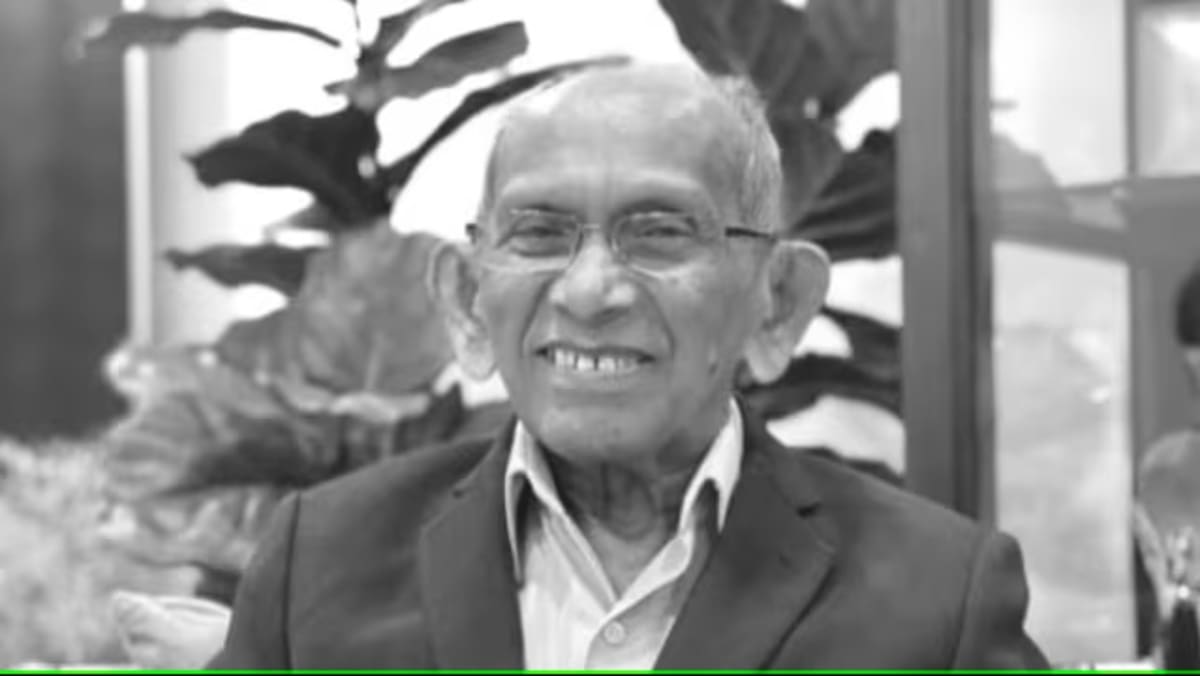



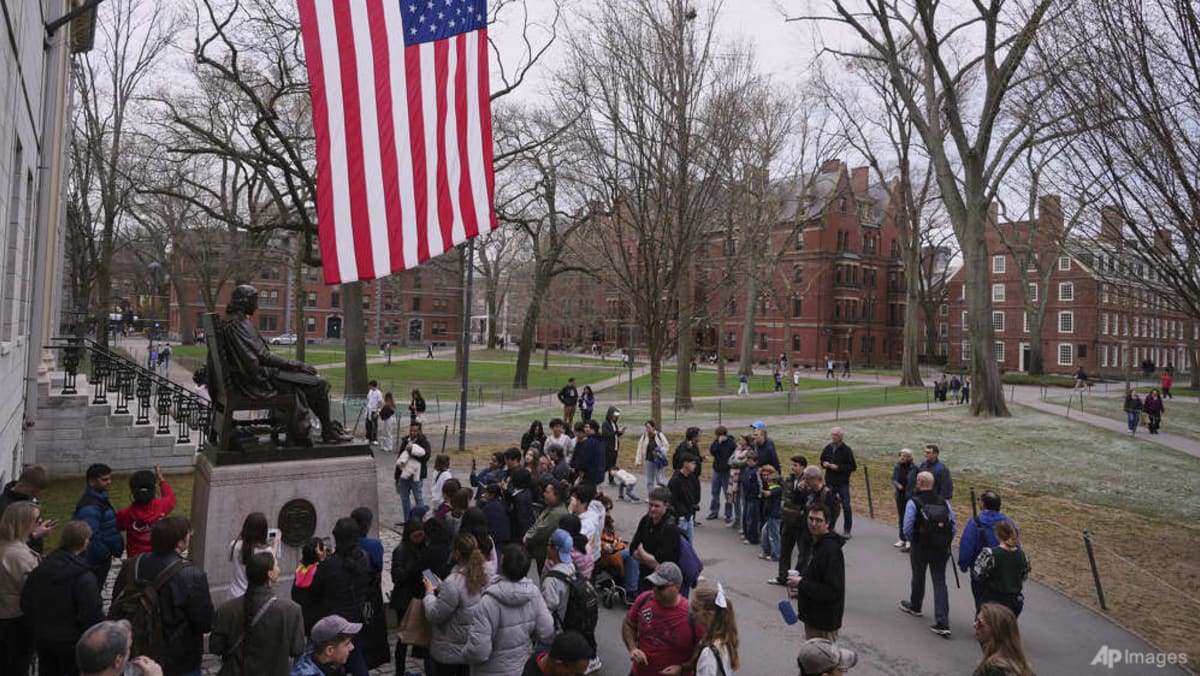
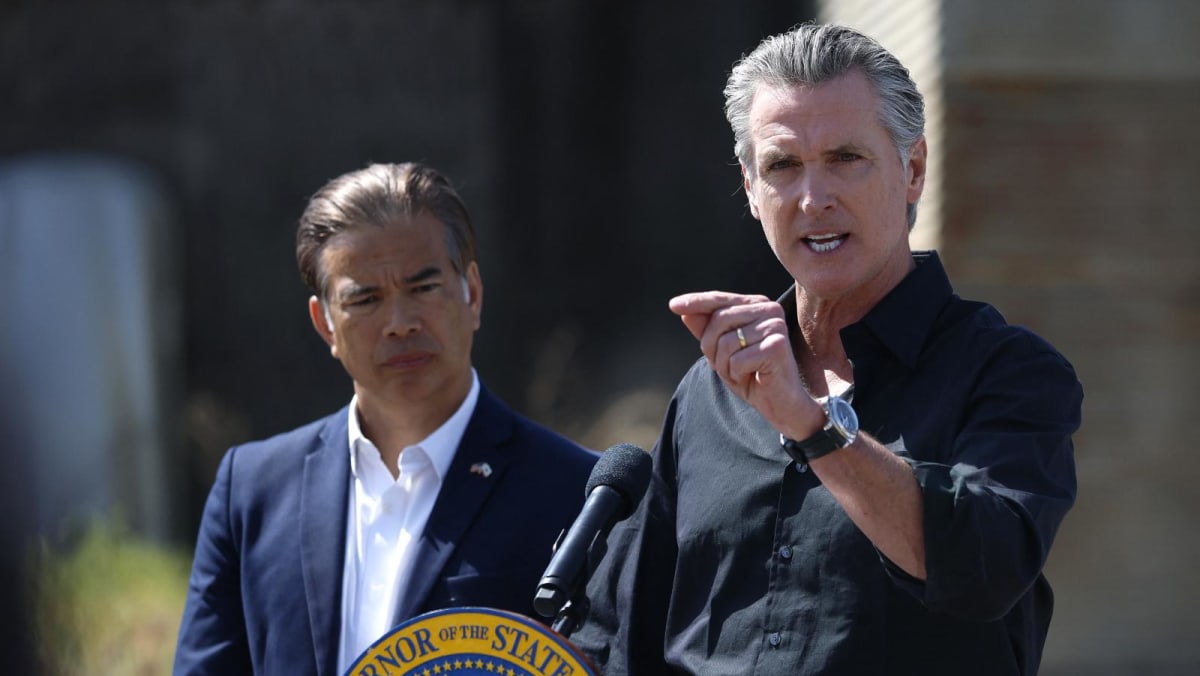


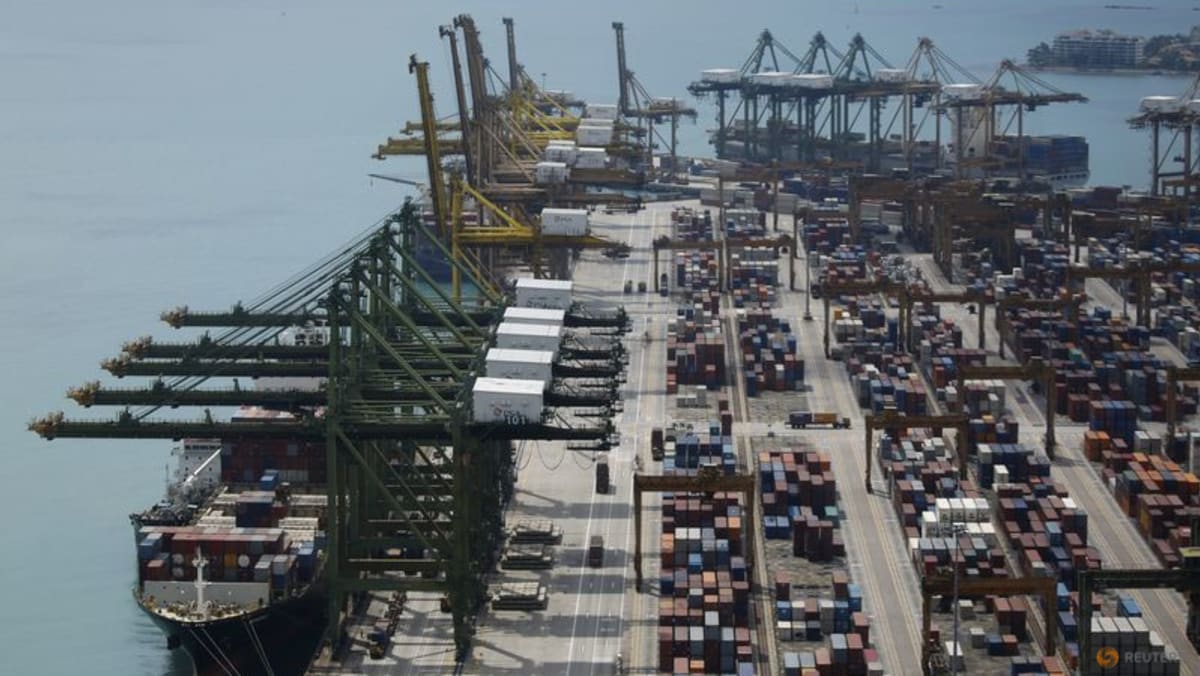


.png?itok=erLSagvf)



